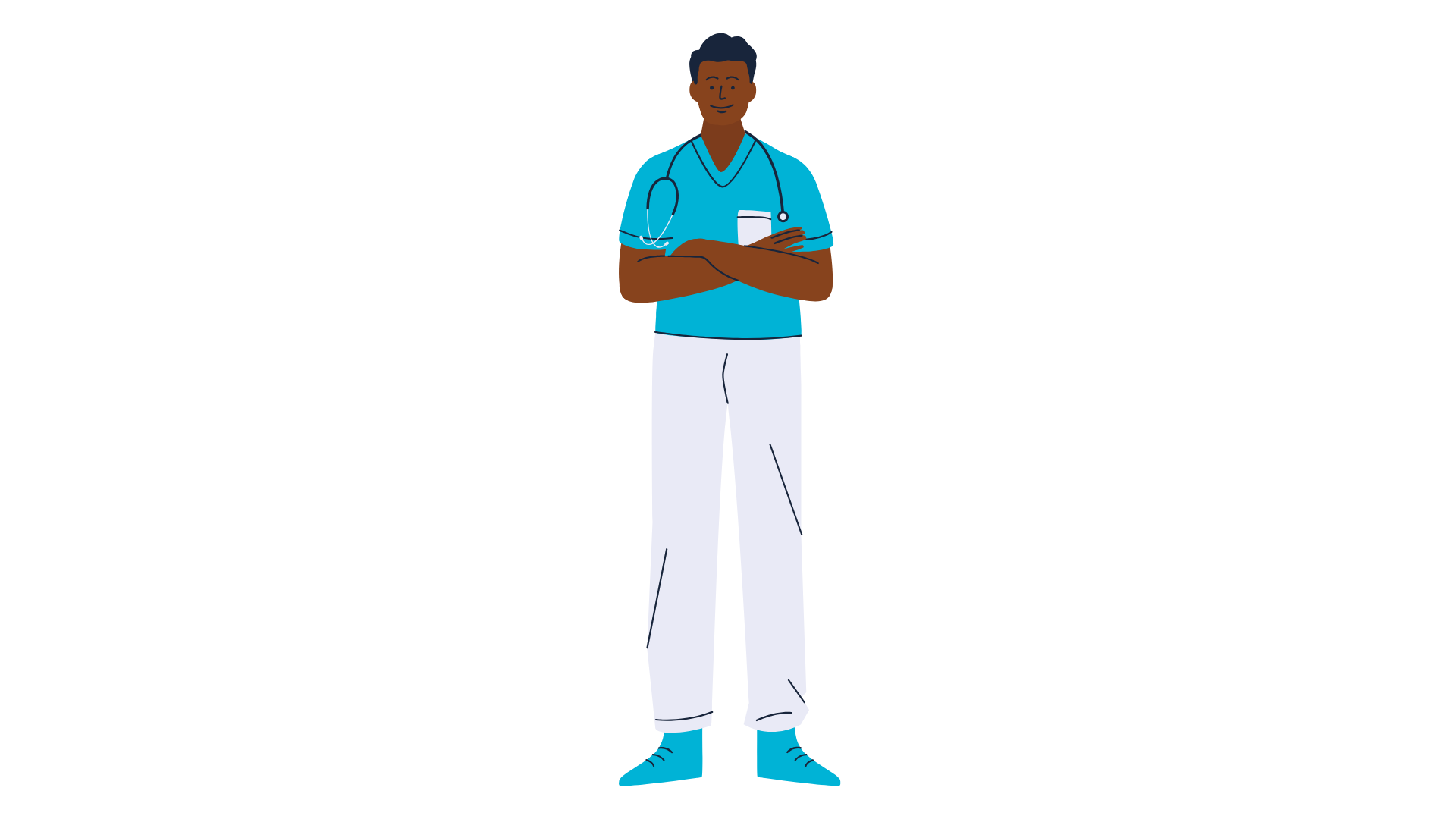ETHR Provider Training
On this page:
Other materials:
What is Engaging Together For Healthy Relationships (ETHR)?
Overview
ETHR is a brief, primary care based program that equips clinicians with tools to educate adolescents and parents about healthy relationships and adolescent relationship abuse (ARA).
ETHR is designed for use with middle-school and high-school age adolescents (ages 12 to 16). Middle school is often when adolescents first start thinking about dating, so it’s an opportune time to provide education and tools they will need to form healthy relationships.
Model
ETHR was developed according to a universal education and resource provision model called Confidentiality, Universal Education/Empowerment, and Support (CUES). With CUES, all patients are provided brief education and resources around a certain topic, regardless of a positive screen.
In fact, with ETHR (and CUES interventions broadly) there is no screening, so you never ask a patient if they are in an unhealthy relationship.
Why use ETHR?
ARA is common
Adolescent relationship abuse (ARA) is a common and traumatic experience that can increase the likelihood of anxiety, depression, suicidal ideation, substance use, adolescent pregnancy, and experiences of relationship abuse as an adult. In fact, 1 in 3 young people will experience an abusive relationship by the time they turn 18.
Teens start dating around the end of middle school, making ages 12 to 16 a prime opportunity to start the conversation about healthy relationships and create habits that support ARA protection and prevention.
Watch these videos to learn more about ARA and your role in ARA prevention:
Introduction
Your Role as a Clinician
How do I use ETHR?
When to deliver ETHR
ETHR was created to be delivered universally, during all well-child visits of adolescents ages 11 to 15. ETHR is designed to be used during the social history or the SHADES/HEADSS assessment of a well-child visit.
Universal education is about making sure everyone gets information and resources. Not every patient will engage, and that’s okay! They may not need this information now, but they will someday.
Intervention Steps
Deliver Introduction Script
Give Caregiver the Caregiver Resource Guide
Ask Caregiver to leave exam room
Deliver ETHR Education Script
Give Adolescent the Adolescent Resource Guide
Invite Caregiver back and deliver Wrap-Up Script
Provide the Dyad Conversation Guide
Part 1: Introduction
Start by introducing the topic of healthy relationships to the patient and caregiver, and explain why it's important to talk about.
Then, ask the caregiver to step out of the room while you chat one-on-one with the teen. They'll get a guide to look over while they're waiting!
“What if they don't want to talk about dating?”
That's okay! Let them know you can wait until next year and offer to send them home with resources to review on their own.
“What if the caregiver wants to stay?”
That's okay! You can still deliver the education script, but know that the adolescent may be less inclined to engage. Make sure they know how to get in touch if they have any questions later.
Part 2: Education
Deliver the education script to engage your patient in a conversation about healthy dating, relationship abuse, where to get help, and how to help a friend.
Then, hand your patient resources to take home or share with friends. They'll get a guide, a pocket card, and a sticker!
“What if the teen discloses an unhealthy relationship?”
That might happen! We have scripts to help guide your response to teen AND caregiver diclosure.
Part 3: Wrap-Up
When the teen is ready, bring the parent back in, and check if anyone has questions. They'll get a guide to read together to help start the conversation at home.
What are the components of ETHR?
Click the “+” to learn about each intervention component:
-
The Introduction script discusses the importance of healthy relationships for adolescent wellness and the limits of confidentiality, and asks the parent to leave the room for the confidential history and ETHR education.
The Education script teaches the adolescent about the signs of healthy and unhealthy relationships, the importance of checking their own behavior, and where to ask for help for them or a friend. This script also encourages conversation about relationships in their lives through motivational interviewing.
The Wrap-up script brings the parent back into the conversation and send both adolescent and caregiver home with affirmation and resources they can explore together.
-
The Adolescent resource guide provides more information and resources to explore for adolescent patients. The Pre-Teen Resource Guide is identical except, it excludes discussions of sexual abuse and reproductive abuse for younger adolescents.
The Caregiver resource guide provides more information and resources to explore and answer questions for caregivers.
The Dyad conversation guide provides conversation questions to ease and guide the family into talking more about healthy relationships at home.
-
These are for adolescents and contain helpline numbers and a QR code with more resources. They are a way for adolescents to keep the most essential information available at all times.
Teens can take home the healthy relationships pocket card, or the discreet pocket card if they’re concerned about who could find it.
All teens will also get a stickerto put on their stuff or to share with a friend!
-
These Disclosure scripts provide clinicians with specific language to use for certain situations which may arise as you implement ETHR. This may include:
Adolescent disclosure, with and without mandated reporting
Caregiver disclosure
Adolescent perpetration
What if a patient or caregiver discloses relationship abuse?
Will disclosure happen?
With ETHR, there is no screening. However, because you have introduced the topic of relationship abuse and identified the clinic as a safe space, adolescents may choose tell you about their experiences.
If a patient discloses ARA, the first step is to listen, provide words of affirmation (“thank you for trusting me with your story”), and let them know they are not alone.
Supporting patients who disclose
Supporting young patients who share that they are in an unhealthy relationship can be difficult, especially if they don’t want to involve their caregivers. Above all, before the end of the visit, it’s important to make sure your patient has a plan.
Depending on the situation, this plan could involve:
Identifying a trusted adult with whom they can talk about their situation
Providing a helpline the patient can reach out to if they feel unsafe or want to speak with a trained advocate.
Providing information on how to create an at-home Safety Plan. If you feel comfortable doing so, you can assist your patient in developing an at-home safety plan that addresses both physical safety and mental health.
Providing a warm handoff, or warm referral, to a local organization that can better address your patient’s needs. For this project, we have a direct connection with the Women’s Center & Shelter of Greater Pittsburgh. Find the steps for a warm referral here.
In severe cases, you may need to file a mandated report. Find guidance on mandated reporting here.
Watch these videos to learn more:
Responding to Disclosures
Supporting Families
Safety planning with patients
If you feel comfortable doing so, you can assist your patient in developing an at-home safety plan that addresses both physical safety and mental health.
Physical Safety
Do they have a location other than their home they can go to if they feel unsafe? Preferably a friend or relative their partner wouldn’t look for.
Does their partner have access to their location on find my friends or snapchat?
Is there a codeword they can use with friends or family to discreetly let them know they’re uncomfortable or unsafe?
Do they know their local crisis hotline numbers for emergencies? Sometimes it’s helpful to add those numbers to their contacts.
Does their partner have access to any of their social media accounts or passwords?
Mental Health
Do they have at least 1 trusted adult who knows about their relationship? Do they have friends who know about their relationship?
Do they have at least 1 space where they can feel relaxed and be wholly themselves?
Do they know when their body is in distress? Do they know how to cope with distress? Have them list things or activities that they know are calming to use in times of crisis.
Read more: Emotional Safety Planning (The National DV Hotline)
Ready to learn more? Check out these additional ETHR training materials
Videos
A series of short videos about the prevalence of adolescent relationship abuse, the importance of ETHR, and implementing ETHR in your practice!
Podcast
An interview-style conversation with Dr. Maya Ragavan about the creation of ETHR and implementation into your clinic. An easy listen on the go!
Need additional support? Check out these resources
Emergency Resources
Resources* to recommend to patients who have questions about their relationship or who need expert advice to remove themselves from a violent situation.
*Be sure to inform your patient and their family that these organizations are mandated reporters, and are required by law to report certain information (i.e. a child who is in danger) and will use discretion to protect privacy as much as possible.
Mandated Reporting
All physicians are mandated reporters, which means they are legally required to report suspicions of child abuse or neglect to state authorities, agencies, or services.






